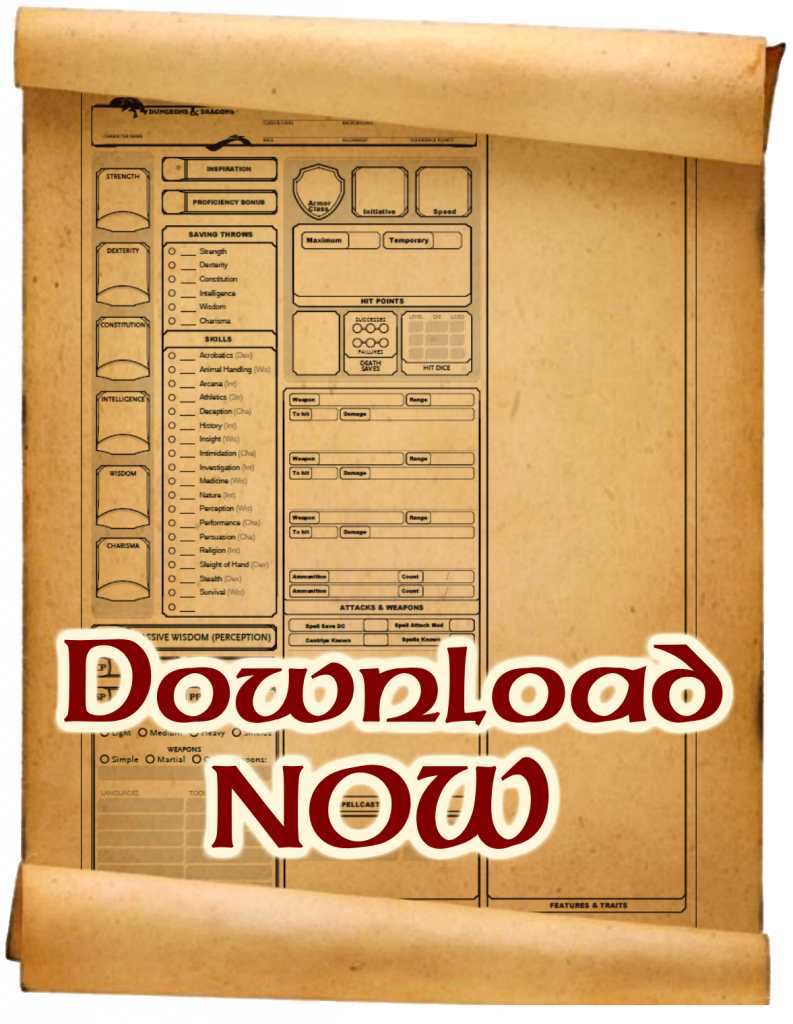Puzzles can add an extra layer of intrigue and challenge to your Dungeons & Dragons game, giving your players a break from combat and a chance to exercise their brains. Here are 1d10 puzzle ideas you can roll for and implement into your next campaign. Let’s dive in!
1. The Elemental Switch
Description: Players encounter four elemental pedestals (fire, water, earth, air) that are incorrectly arranged around a sealed door. Nearby, there are murals depicting elemental scenes.
Solution: Players must arrange the pedestals in the correct order based on the murals (e.g., earth at the base, fire next, water above fire, and air at the top).
Tip: Add hints in the environment, like scorch marks near the fire mural or water stains by the water pedestal, to help guide the players.
2. The Musical Locks
Description: A room with several locked doors, each with a musical note symbol above it and a central pedestal with a lyre.
Solution: Players must play a specific tune on the lyre to unlock each door. Clues about the tune can be found on inscriptions or objects around the room.
Tip: If your players aren’t musically inclined, consider providing a riddle that describes the melody or rhythm they need to play.
3. The Shifting Tiles
Description: A floor made of large tiles, each with a part of a mosaic image on it. Stepping on the wrong tile triggers a trap.
Solution: Players must figure out the correct sequence of tiles to step on to complete the mosaic and safely cross the room.
Tip: Give players a partial image or map that hints at the correct path. Watching the players debate and strategize can be entertaining and engaging.
4. The Mirror Puzzle
Description: A room filled with mirrors and a single light source. The door is locked, and the key is hidden in a compartment that only opens when the light hits it.
Solution: Players must arrange the mirrors to direct the light beam onto the compartment to open it.
Tip: Make sure the room’s layout requires players to use multiple mirrors in a specific order to make it more challenging.
5. The Word Lock
Description: A door with a lock that has rotating rings of letters. Nearby, there are various clues and riddles.
Solution: Players must solve the riddles to determine the correct word that will unlock the door.
Tip: Use words that are relevant to your campaign’s theme or lore to make the puzzle more immersive.
6. The Alchemist’s Table
Description: A table with various ingredients and a recipe book. The door is magically sealed and requires a potion to unlock.
Solution: Players must follow the recipe to brew the correct potion. Incorrect ingredients can cause magical mishaps.
Tip: Provide a few red herrings (extra ingredients) to make the puzzle more challenging and include some fun or dangerous consequences for incorrect brews.
7. The Hidden Message
Description: A series of ancient texts or runes on the walls. Only one sequence reveals the correct instructions.
Solution: Players must decipher the runes to find the hidden message that gives them the key to proceeding.
Tip: Introduce a magic item or spell, like “Comprehend Languages,” that can assist in deciphering the message, rewarding players who think to use their resources creatively.
8. The Pressure Plates
Description: A room with several pressure plates on the floor and a series of statues or objects that seem movable.
Solution: Players need to place the correct weight on each plate (by using the statues or other heavy items) to unlock a door or disable a trap.
Tip: Leave clues about the correct weight in nearby inscriptions or with NPC hints. Misplacing weights can trigger traps or alarms, adding tension.
9. The Time Puzzle
Description: A clock or sundial in the center of the room, with symbols or numbers around it. The door opens only when the correct time is set.
Solution: Players must solve riddles or find clues in the environment to set the clock to the correct time.
Tip: Use environmental storytelling to hint at the correct time, like a painting of a specific time of day or a journal entry referencing a significant hour.
10. The Magic Circle
Description: A circle of runes or sigils on the floor with several gaps. Nearby are extra runes that need to be placed correctly.
Solution: Players must figure out the correct runes to place in the gaps to complete the circle and activate the magic that opens the door.
Tip: Provide a spellbook or ancient text that describes the function of each rune, requiring players to piece together the right combination.
Implementing the Puzzles
When integrating puzzles into your campaign, consider the following tips to ensure they enhance the experience without causing frustration:
- Balance Difficulty: Ensure your puzzles are challenging but fair. Provide enough clues to guide your players without making the solution too obvious.
- Be Flexible: If players come up with a creative solution that makes sense, consider rewarding their ingenuity rather than forcing them to stick to your planned solution.
- Tie to Story: Make sure the puzzles feel like a natural part of the world and story. They should enhance the narrative rather than feel like random obstacles.
- Use Props: If playing in person, consider using physical props to represent puzzle elements. This can make the puzzle more engaging and tactile.
- Provide Rewards: Ensure that solving the puzzle is rewarding, whether through treasure, information, or simply the satisfaction of overcoming a challenge.
Conclusion
Adding puzzles to your D&D game can create memorable moments and engage your players in new and exciting ways. Whether you’re using elemental switches, musical locks, or alchemical concoctions, these puzzles can enrich your game and provide a refreshing change of pace from combat encounters. So, roll that d10 and see which puzzle your players will tackle next!
Feel free to adjust and elaborate on any sections to better fit your campaign or style. Happy gaming!

